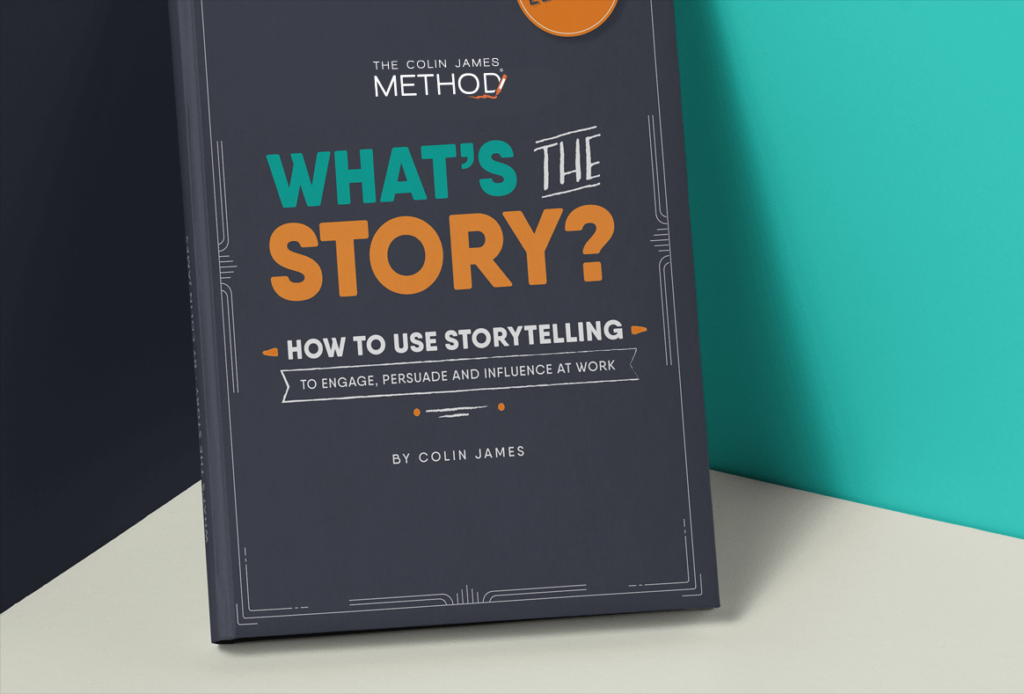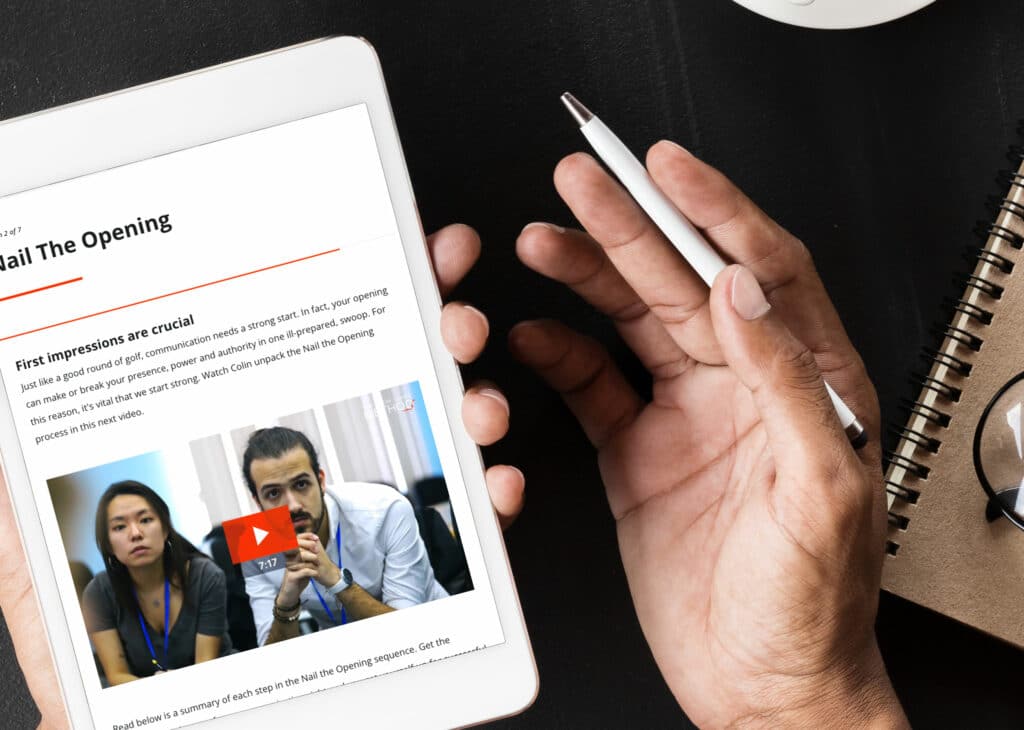The demands on a communicator are different today than five years ago, ten years ago, fifteen years ago.
Globalisation, the digital revolution, agile and matrix working environments – all of these developments impacting the corporate world are changing the way professionals and executives influence and communicate with one another effectively.
With social media, busier lives, greater pressures and the 24-hour digital world, employee motivation and leadership has become more complex. The workplace environment is much less about staff being dictated to from on high; this sort of hierarchical communication doesn’t really work anymore.
Today, leading a team is about creating a workplace environment that fosters collaboration, idea contribution and self-motivation.
We’ve been helping organisations with effective leadership, communication and employee motivation for 3 decades. In that time, we’ve developed a framework that general managers and business leaders can use in their daily communication to get better results from their team.
It’s called the Diagnose, Design & Deliver™ framework. Today we’re going to look at some of the motivation techniques that can be applied by executives that incorporate it into their daily conversations, meetings, presentations, etc.
How does effective communication aid employee motivation?
The ability to engage, excite and inspire, as well as inform, is what makes a good communicator. Team leaders that don’t do that will be left behind. Communication is a skill that constantly needs to be refined and developed. It’s what encourages employees to work even harder and is the backbone of good team motivation.
Proven motivation techniques for leading a team
Let’s look at our Diagnose, Design & Deliver™ framework now.
Diagnose is about thinking like a doctor. You have to diagnose the opportunities and challenges affecting the groups with which you’re communicating. Know your audience, get into their shoes, understand their hopes and dreams, so you can communicate with them effectively.
Design is about distilling this context and knowledge into key messages to which the audience can relate. What’s the link between what you can offer and what your audience wants? Through what medium, format, or channel is best to communicate your key messages? What supporting materials will they find convincing?
Then you have to Deliver it in a way that gets attention and motivates action. And it’s this delivery aspect I want to focus on today.
This is perhaps the most obvious way in which the executive Colin describes in the video failed at that conference in Melbourne.
His dry, passionless voice sucked the energy out of the room and demotivated his listeners. His delivery was poor; it rendered the energetic and inspirational video that had come before him pointless.
After all, the aim of delivery is to be memorable (and not for the wrong reasons!)

3 points to consider when communicating to motivate action
1. From what authority are you communicating
Why is your voice authoritative? Why should your audience listen? Is it your position, or perhaps your subject matter expertise?
Do these things matter to your audience? Perhaps they’re more senior than you. Maybe they have no prior knowledge or interest in your subject matter. So you need to think about how you can develop your authority for that particular situation and audience.
2. How do you get attention when everyone is so busy?
This is something that’s getting harder and harder as technology advances. How do you get the attention of your audience when the average attention span is now said to be only 8 seconds? Then, how do you hold their attention once you’ve got it?
This is about how you use your body and your voice. More on this in the next point.
3. How do you make a lasting impact?
I want to tell you about another framework now. The PAVERS® methodology describes the 6 elements of communication that will support you in becoming more engaging and motivating.
- Physiology
- Auditory
- Visual Aids
- Energy
- Relationships
- Storytelling
Your physical movement, facial expressions, vocal tones, gestures, presentation aids or props, are all tools to support your effective communication.
Remember: good communicators are good motivators.
So, have a think about…
- How you position yourself – how you sit, stand and move will determine how you are judged.
- How to use your hands to maximise your message – use gestures to help support your message and illustrate your use of stories.
- Moving with purpose – movement can be used to great effect to support your narrative.
- Being confident in your own body – develop confidence-boosting techniques that will energise you and your team.
We explore these four motivation techniques and more in our body language of a leader cheat sheet. Learn more about how posture, gestures and movement can be used in employee motivation by downloading your copy today.

The Colin James Method® Facilitators train corporate executives to improve their professional communication skills with a proven methodology. Our highly trained Facilitators and Coaches are recognised for their experience in their fields and have worked with many individuals and organisations around the world to master the art of communication.










